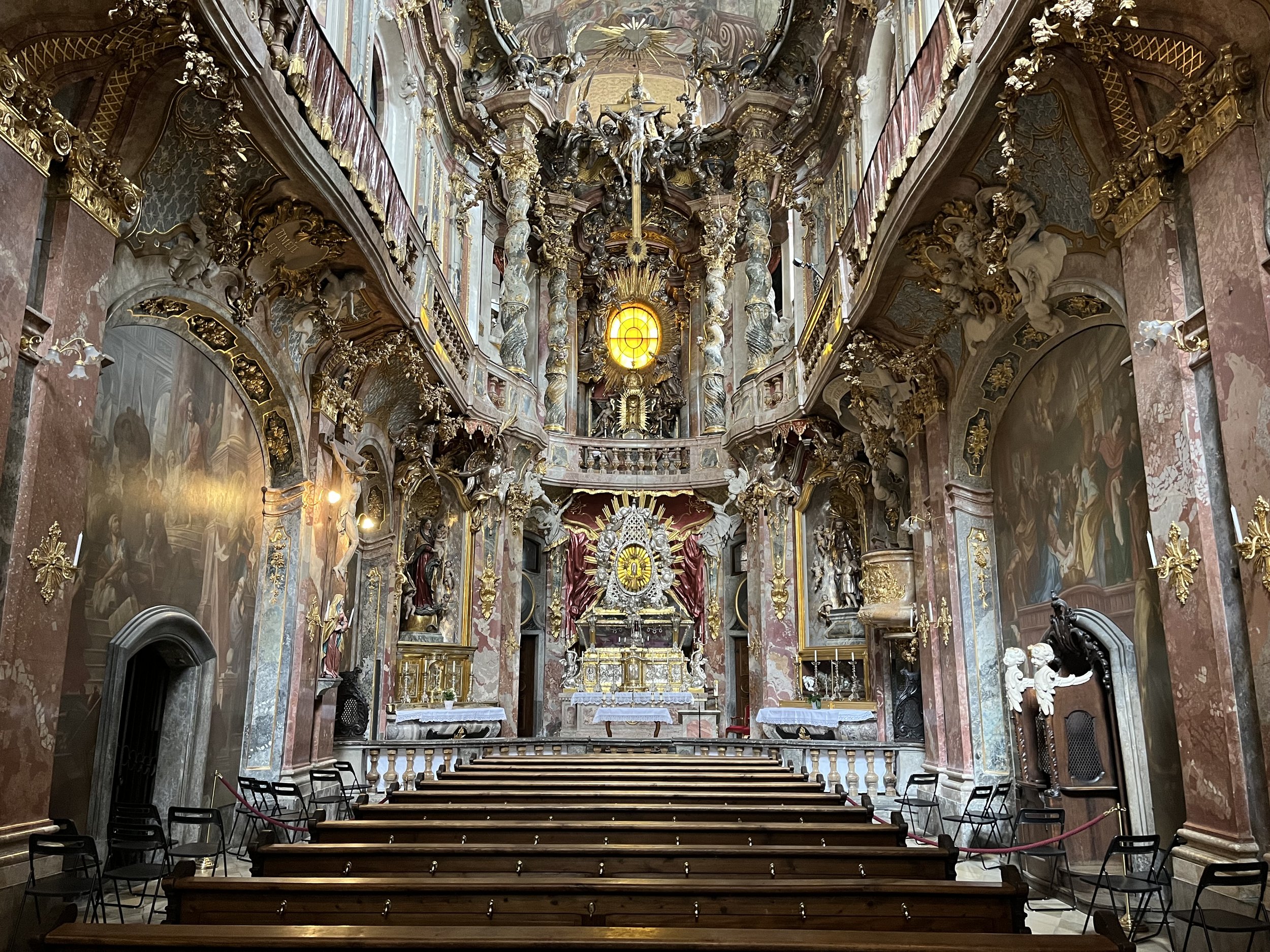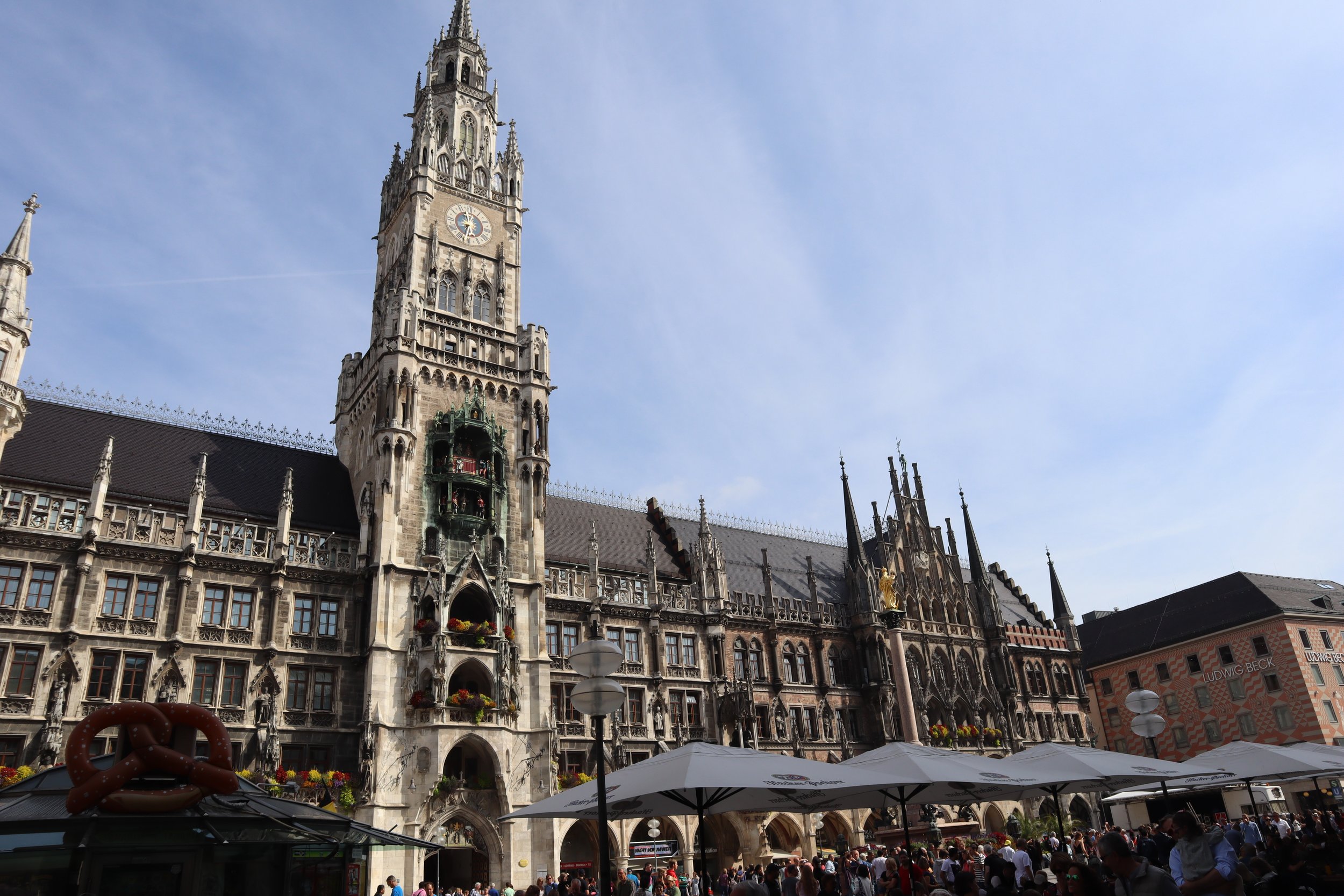Germany’s capital is (once again) Berlin, also its biggest city. The country’s main airport and banking hub are in Frankfurt. Second largest city: Hamburg. Media center: Köln. But for my money, Munich is Germany’s best big city, and one of my favorite cities in Europe (following Vienna).
[Want to see Munich for yourself? Shoot me an email to start planning your own adventure in Bavaria. There’s LOTS to explore.]
A fountain on a quiet square in Haidhausen, one of Munich’s many surprises.
The Bavarian capital’s city center is packed with sights to see within about a mile of Marienplatz and its Rathaus (town hall building). Don’t miss its Glockenspiel, which puts on a show at 11 am and noon, and again at 5 pm in the summer. Looking at the Rathaus and Glockenspiel, turn to the right to find the old town hall (now a toy museum—see above) and St. Peter’s Church. Walk toward them, go through the arch, and take another right to find the Viktualienmarkt, a lively, sprawling food market with retail shops around its perimeter. This is a great spot to find lunch—brats, beer, soup, etc. There’s also an Eataly nearby if that floats your boat.
The famed Hofbrauhaus sits around the corner from the Marienplatz.
Back at Marienplatz, you’ll find two more key sights nearby—the Residenz, the ‘in-town’ Wittelsbach palace just to the north, and the twin-towered Frauenkirche heading further up the pedestrian street (so, facing the Rathaus, head left). Both are worth a visit. The treasury at the Residenz is spectacular, as is its Antiquarium, a long arched and frescoed ballroom/hallway.
Museums and palaces
Aside from the Residenz, Munich’s other major palace is Nymphemburg, formerly the summer/ country palace of the Wittelsbachs; now, like its cousin Schönbrunn in Vienna, it’s in town, too. This palace is Huge and shows off a few really spectacular chambers—but if you only have time or patience for one, your time is better spent at the Residenz.




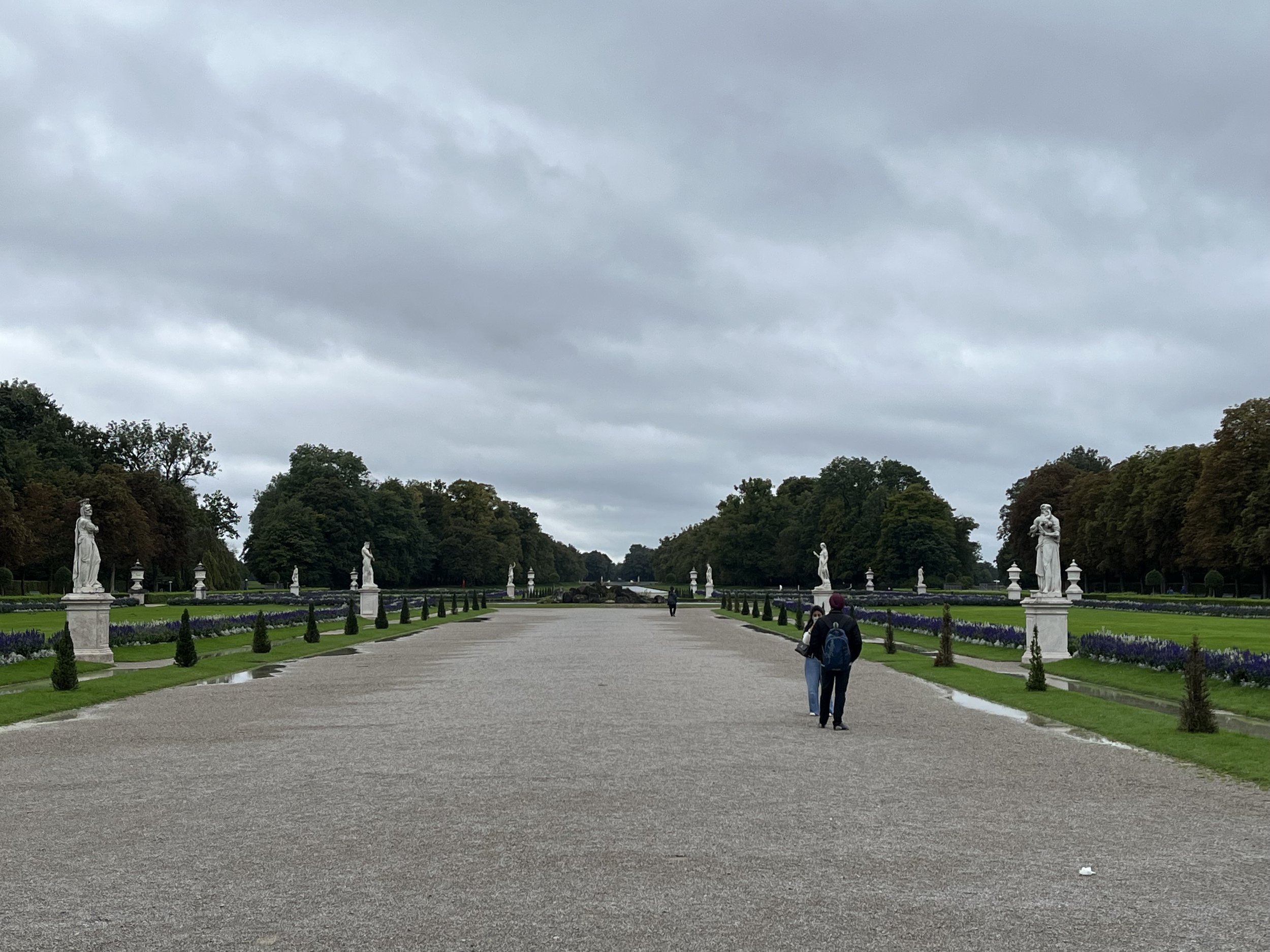
The science and technology focused Deutsches Museum (Germany’s Smithsonian, but spread across multiple cities) is impressive even if you’re not a science-type-person. And I really enjoyed its transportation annex, or Verkehrszentrum, which might be a fun stop with kids. It sits right by the Theresienwiese (U-bahn: Schwanthalerhöhe), home to Oktoberfest.
Like Berlin, Munich’s major art museums cluster together, here just north of the Hauptbahnhof (main station) and Karlsplatz. These include the Glyptothek (ancient art), Alte and Neue Pinakotheks (mostly paintings), Pinakothek der Moderne (modern art), and Ägyptisches Museum (Egyptian art, artifacts). My favorite collections are the Neue Pinakothek and Moderne.
On the other side of the town center sits the Englischer Garten, an enormous park that’s, strangely, home to a Chinese tower and biergarden, a Japanese tea house, and . . . a surfing spot. Yep—there are rapids in a channel cut for the park off the Isar River where people suit up and surf (shown above). Looks like fun for more coordinated people . . .
Hidden on a shopping street: Asamkirche.
To the south of the Rathaus and Marienplatz, find the tiny Asamkirche on Sendlinger Straße [pictured right], a whole lotta dark Baroqueness packed into a narrow chapel. It’s on a shopping street and easily missed.
Some of Munich’s interesting sights are scattered further out. To the north, Olympiapark, built for the ill-fated ’72 Olympics, and BMW’s HQ and BMW Welt (their museum and delivery center) eye each other across a freeway. Both are worth seeing for their architecture alone. Car enthusiasts should schedule a factory tour. [Seen below: the futuristic BMW Welt and retro-futuristic Olympiapark.]







There’s also, of course, a fair amount of WW2-era history scattered around town, but you have to look for it. A guided walking tour will point out hidden-in-plain-sights like this memorial to the work of the White Rose (Weißes Rose) resistance movement (above), which scattered anti-Nazi pamphlets to university students. Its leaders were executed.
Just east of the Marienplatz lies the quirky Haidhausen neighborhood, which is worth an afternoon’s exploring. It’s a quiet area that seems like it’s in another city. [Below, scenes from the beautiful Haidhausen area.]

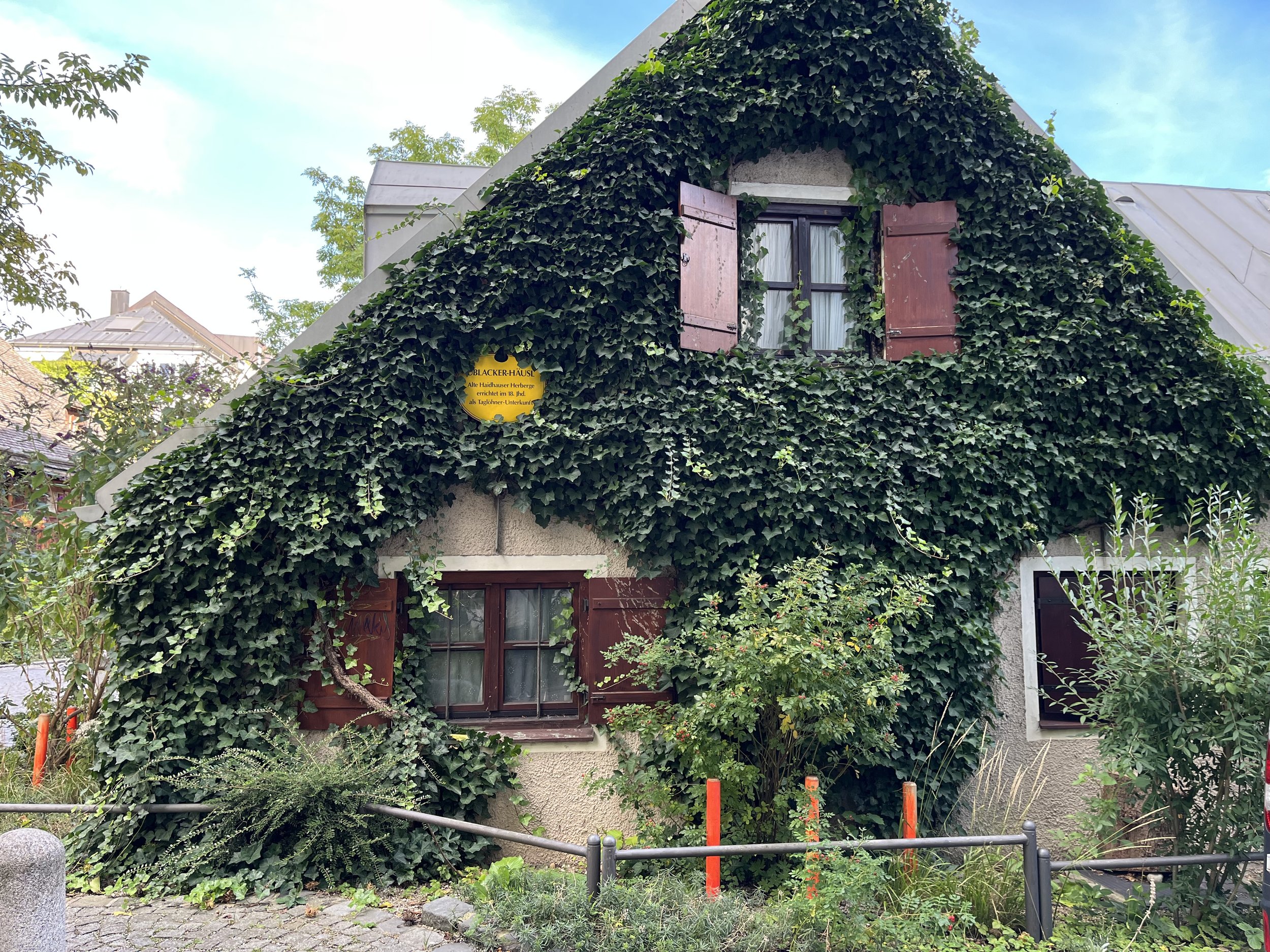
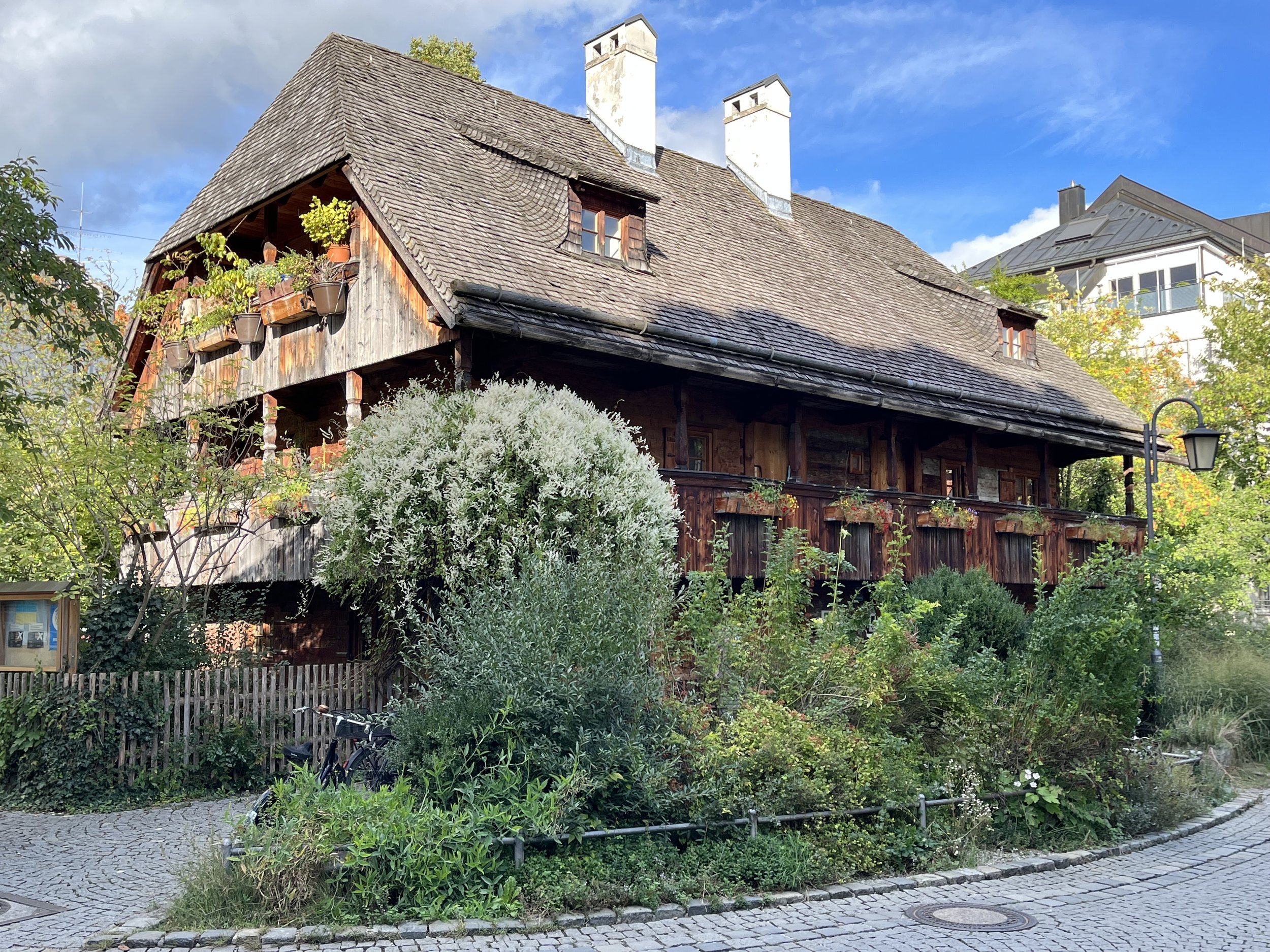

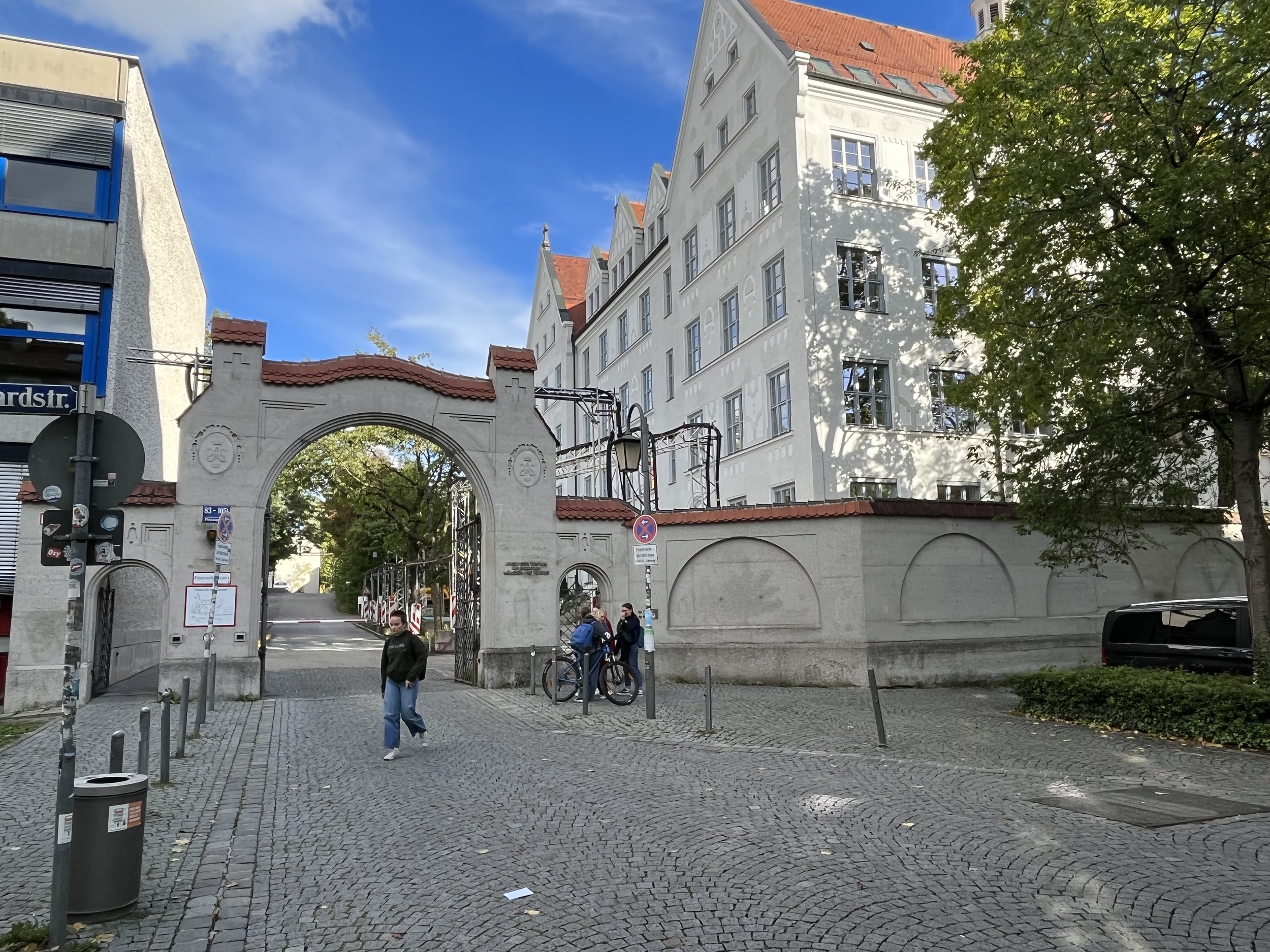

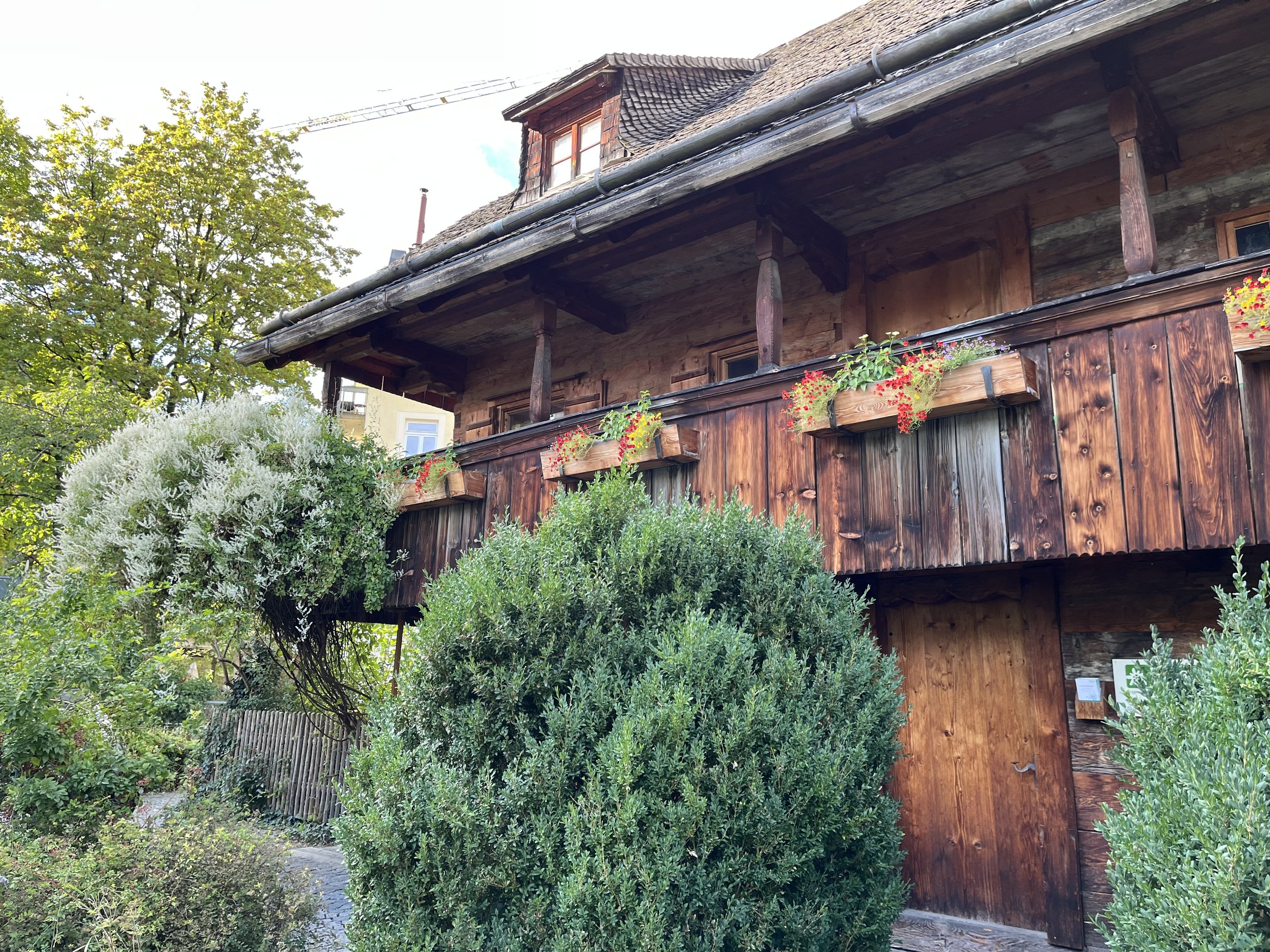
Shopping
The pedestrian zone from Marienplatz to Karlsplatz/Stachus is loaded with shops of all sorts. The high-end Ludwig Beck department store sits at one end of the Rathaus. South of the Rathaus, find more to see and buy: turn down Rosenstraße off of Marientplatz and follow it as it veers into Sendlinger Straße. There are shops all the way to Sendlinger Tor, an old city gate.
Isartor
Souvenir shops and a Bayern München (football) shop line a block of Orlandostraße near Platzl and the Hofbrauhaus. For outdoor gear, hit the Mammut Store (Frauenstraße just off of the Viktualienmarkt) or Globetrotter by the Isartor. And for luxury shopping, head two blocks north of Marienplatz to Maximilianstraße for the big names, or west from there to Fünf Höfe, a small, high-end mall.
Staying and Dining
I reserve my hotel and restaurant recs for my clients. Hit me up for more info on the services Beau Black Travel provides. [Below: various scenes from dining in Munich.]
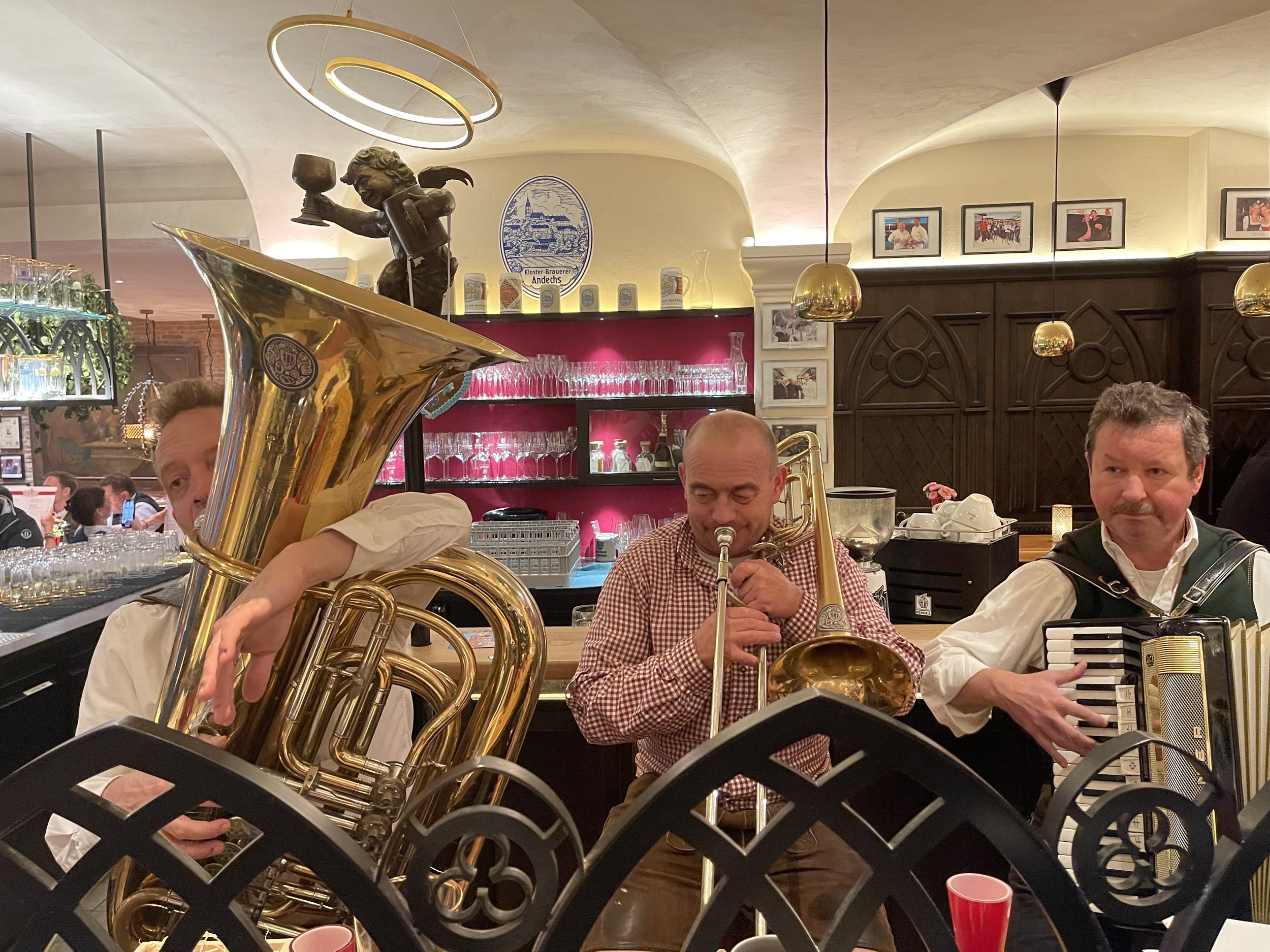

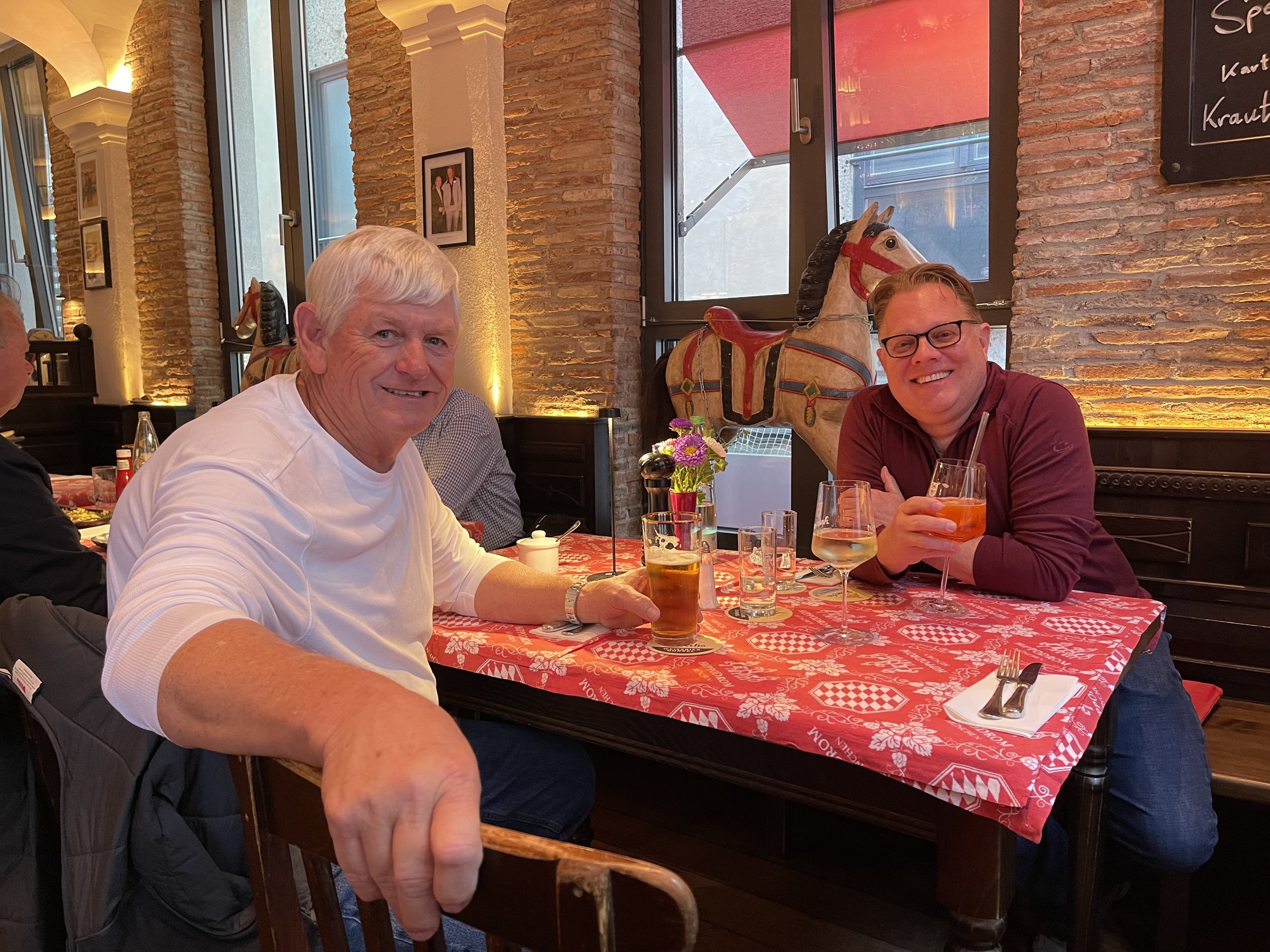
Munich rewards multiple visits; like many of Europe’s greats, there’s just too much to see in one trip, and it takes on different character as the seasons change. It also serves as a hub for dozens of day trips. [See here.] When you’re ready to see Munich, either on your own or with one of our group tours, reach out to me.
All words and pictures ©2023 and into eternity by Beau Black






